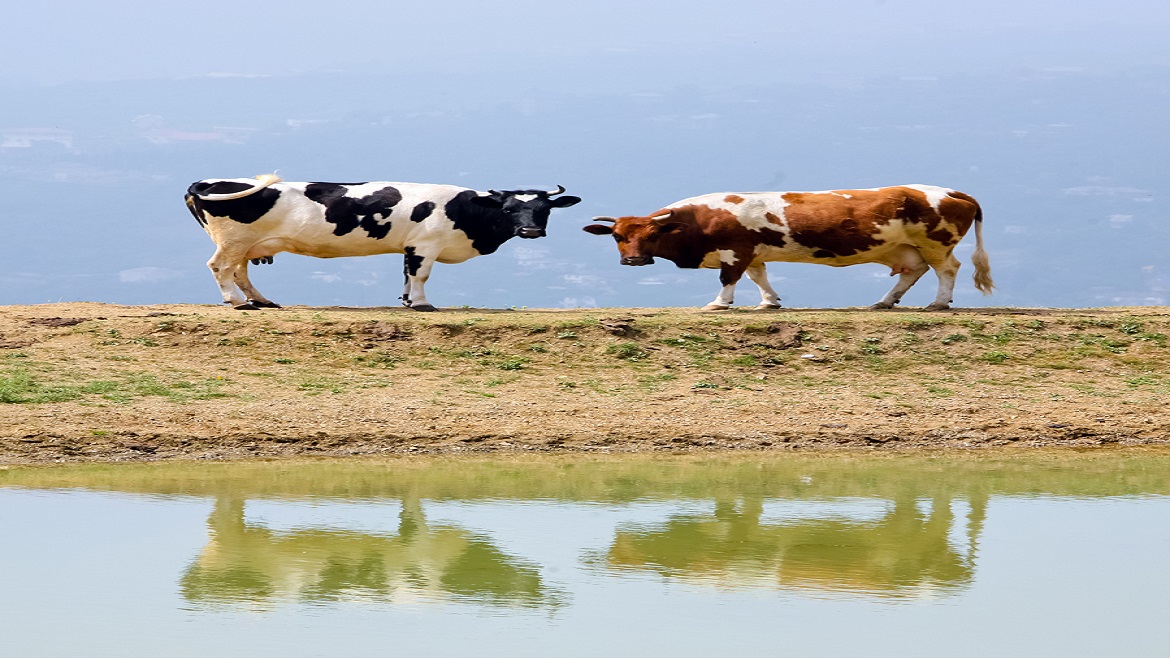While the summer sun was shining in the Northern Hemisphere, Fonterra CEO Theo Spierings had no time to make the proverbial hay; he was too busy making new friends.
In July and August, New Zealand’s largest firm—and the world’s biggest dairy exporter—entered partnerships with Dairy Crest of the UK, Abbott of the US and Beingmate of China; each of these tie-ups has some connection to Fonterra’s vision of linking China’s underserved demand for milk and milk formula with supply in Europe and Australasia.
Fonterra is a particularly active example of a growing corporate appetite for strategic partnerships with potential rivals. We recently asked over 1100 senior executives across the world to identify the strategic areas in which they expect to make a “big decision” in the next 12 months. The most common big decision, listed by more than one-in-three business leaders, is to collaborate with a competitor (such as combining businesses, pooling resources or sharing costs).
As we outline in a new report, the popularity of this strategy is consistent across industries— from Big Pharma sharing clinical trial data to supermarkets teaming-up to take on discount stores. Each industry ranks the motivation for doing so slightly differently, but costs and margin pressure comes top overall, while profit and revenue places fifth (see chart).
Judging by our survey this activity is only likely to increase. However, senior executives suggest the timing of these types of decisions is often delayed—an indication, perhaps, of the difficulties in finding the right company to partner with.
According to Mr Spierings, there has to be chemistry between the two management teams before formal steps can begin; he warns against the types of senior managers who sign deals as a way of boosting their personal profile.
Once there is a personality match, the first step to overcome in Fonterra’s vetting process is strategic rationale. The arrangement has to work for both parties. Fonterra looks for partnerships that can bolster areas of weakness.
Last year, for instance, it built a cheese plant in the CEO’s native Netherlands in partnership with A-ware, a Dutch dairy. A-ware sells the cheese to European customers, Fonterra gets the whey, a by-product of the cheese process, which it needs to produce milk formula.
Sourcing whey from Europe has the added benefit of fast tracking Fonterra’s overseas expansion. A single sales office in Europe has become three joint ventures: in Lithuania, the UK and The Netherlands. “We are looking for one or two more,” says Spierings.
The second step is synergies. There have to be sufficiently large costs savings to incentivise each partner. A-ware can share the costs of low-margin cheese production, while Fonterra can stick to selling higher margin baby formula.
The whole process of finding a partner is overseen at group level by a small team made up of the CEO, the CFO and the M&A department. When it comes to making a decision on each step, experience and common sense are still in the driving seat, despite our report showing that executives are now relying primarily on big data and analysis for around one third of big decisions.
“We are not going into huge number crunching exercises on strategic rationale nor synergies,” says Mr Spierings. “Our CFO and myself have gone through the ranks of Nestlé and FrieslandCampina. We’ve been running businesses. We can smell whether they are there or not.”
Making whey for China
Decisions to enter collaborations of this kind can be big business. In terms of generating future revenue, collaborating with a competitor is a $1bn dollar decision for 46% of senior executives in our survey.
For Fonterra, meanwhile, the strategy has already proven its worth. Five years ago its China operation was a US$400m a year business; now it generates over US$4bn annually, and accounts for 25% of total revenue.
Yet the risks of these partnerships should not overlooked. Fonterra previously had a joint venture with Sanlu, the Chinese company at the centre of the 2008 tainted milk tragedy, which led to thousands of hospitalised babies and six infant deaths. Sanlu subsequently ceased to exist, proving that reputation is ultimately more valuable than revenue.
Thus, for Fonterra, partnering with another Chinese business is clearly a big risk. Even so, Mr Spierings believes that China is too big to ignore. The market for infant formula alone is expected to grow to US$27bn by 2017.
Understandably Fonterra is taking a “hands on” approach to its latest joint venture; although food safety is not the only risk to international businesses in China. An increasing number of market-leading multinationals are being subjected to Chinese regulatory investigations. Victims, some say, of a campaign to boost domestic businesses. But the CEO of Fonterra sees it differently. This latest enforcement is the natural progression of China’s shift in focus from quantity to quality. Short term pain, for long term gain.
At the signing of the Beingmate partnership, Mr Spiering says Chinese authorities welcomed the new venture. To them it exemplifies the type of relationship they want to encourage between multinationals and strong local businesses—helping China reach high quality standards and develop strong connections to the global supply chain.
As for Fonterra’s side of the bargain, finding the right partner in China and official favour is sure to have its benefits, too.
The views and opinions expressed in this article are those of the authors and do not necessarily reflect the views of The Economist Intelligence Unit Limited (EIU) or any other member of The Economist Group. The Economist Group (including the EIU) cannot accept any responsibility or liability for reliance by any person on this article or any of the information, opinions or conclusions set out in the article.




